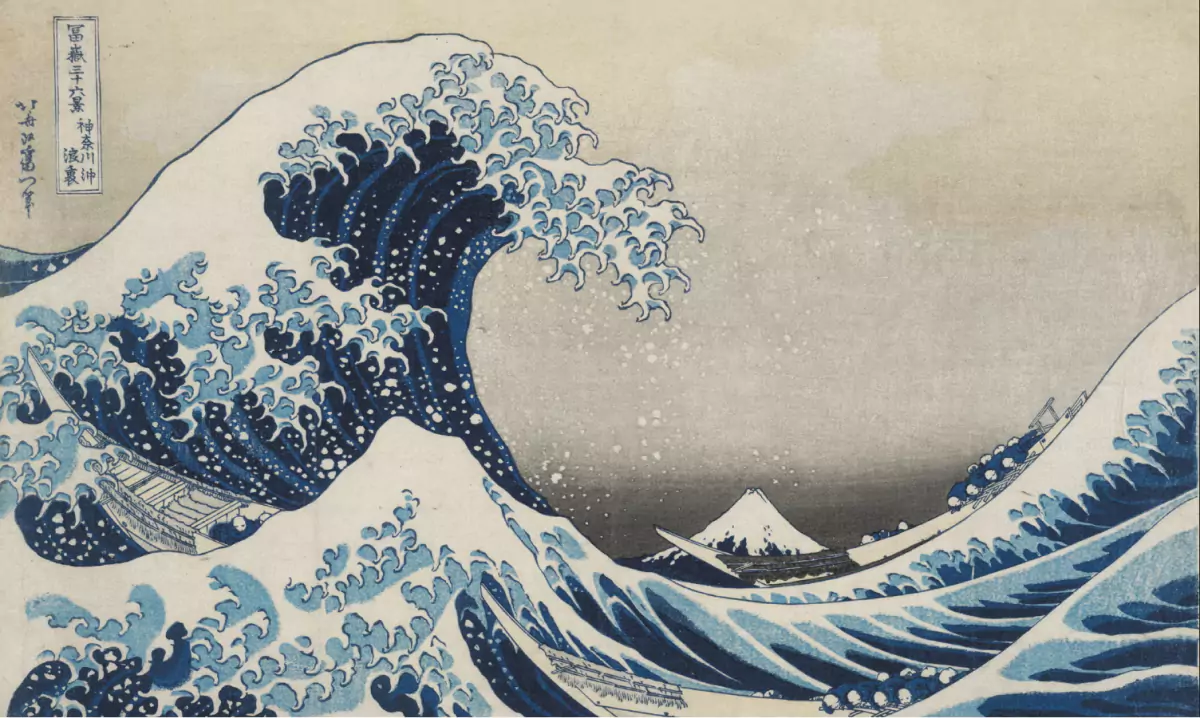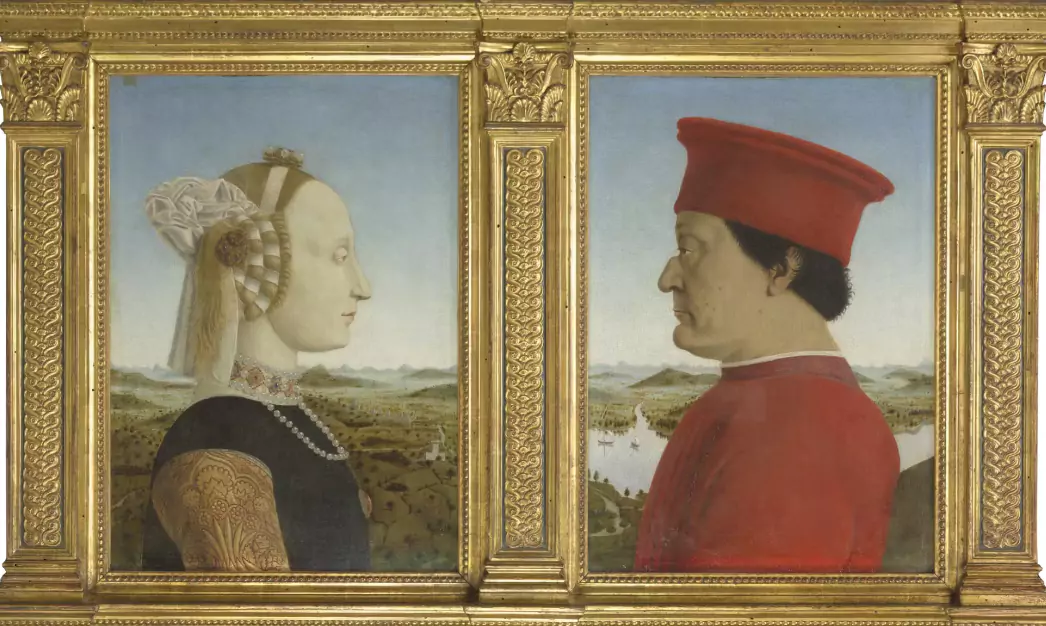Why did Northern artists of the past travel to Italy? 🧐
Ever wondered why Northern Renaissance artists risked life and limb crossing the Alps on their own to travel to Italy? The answer lies in the profound influence of Italian art on the Northern Renaissance, a period marked by naturalism, expressionism, and meticulous attention to detail. Albrecht Dürer, one of the most renowned Northern artists, embarked on two pivotal journeys to Italy that would shape his artistic legacy.


Dürer’s first sojourn to Italy occurred shortly after his marriage, in mid 1490s , exposing him to the masterpieces of Mantegna, Pollaiuolo, and di Credi. These encounters revolutionized his artistic approach, setting the stage for a remarkable evolution in his style.
[Click to expand]


Dürer’s second trip to Italy was to Venice, in the autumn of 1505, where he remained until the winter of 1507. Here he befriended artists such as Titian, Giorgione, and Vecchio. Of the Venetian artists, Dürer now most admired Giovanni Bellini. Dürer’s pictures of men and women from this Venetian period reflect the sweet, soft portrait types especially favoured by Bellini. One of Dürer’s most impressive small paintings of this period, a compressed half-length composition of the Young Jesus with the Doctors of 1506

Later that same year Dürer made a brief visit to Bologna before returning to Venice for a final three months.
So why did Dürer embark on these journeys? Couldn’t he create in Germany?
The answer lies in the opportunities for artistic growth and development that Italy offered. In Italy, artists had access to a wealth of artistic knowledge and experience that was not available in Northern Europe. They were able to study the works of the Italian masters, learn new techniques, and exchange ideas with other artists. These experiences enriched their artistic practice and helped to shape the development of the Northern Renaissance.
“O, how cold I will be away from the sun; here I am a gentleman, at home a parasite.”
Dürer, In a letter to Willibald Pirkheimer, his long-time humanist friend
With the warm reception he received in Venice, Dürer struggled with the decision to return to Germany, where he felt unappreciated as an artist. At home he was awaited by an unhappy wife and equally dissatisfied clients. In a letter to a friend, Dürer expressed his frustration, stating, “O, how cold I will be away from the sun; Here [in Venice] I am a gentleman, while at home I am just a parasite.” This sentiment reflects the challenges faced by Northern artists who sought recognition and appreciation for their work in their home countries.

Self Portrait as a Dead Christ
1503
He signed many of his works with a monogram
In many of his finished works, you will be able to find a monogram – a stylised A and D. This was his seal of approval, his calling card – in today’s parlance, his brand.
Dürer’s experiences in Italy catalyzed a significant shift in his artistic expression. Upon his return to Germany, his works reflected a newfound appreciation for Italian aesthetic ideals, characterized by a harmonious blend of detailed precision and Italianate grace. The impact of Dürer’s Italian sojourns extended far beyond his personal artistic development; they were instrumental in bridging the gap between the Northern and Italian Renaissances, enriching Northern European art with a new depth and sophistication.
[Click to expand]



While most of his work consisted of oil paintings and woodcut engravings, Dürer also painted a number of watercolour landscapes in his travels to and from Italy, particularly in the Alps of southern Tyrol, Italy
When you examine Dürer’s paintings, pay attention to the watershed between works created before and after his second trip to Italy: how detailed the former are and how generalized the latter are in an Italian manner. The years of study did not pass in vain))


However, not all Northern artists were as keen on traveling. Some preferred to stay in their homeland, leading to distinct differences between the Northern and Italian Renaissances. While Italian artists were immersed in reinterpreting antiquity, Northern artists focused on naturalism, expressionism, and attention to detail. This contrast highlights the diverse approaches to artistic expression during the Renaissance period.
The legacy of Dürer’s travels to Italy extends beyond his artistic development; it symbolizes a broader cultural exchange that enriched both Northern and Italian art. His encounters with Italian masters and exposure to new artistic techniques profoundly influenced his work, contributing to the evolution of Northern European art. Dürer’s story underscores the transformative power of artistic exploration and the enduring impact of cross-cultural artistic exchange.





Scholars such as Jeffrey Chipps Smith, a leading expert on Northern Renaissance art, have extensively studied the impact of Dürer’s travels on the artistic developments of the Northern Renaissance. Smith’s research delves into how Dürer’s exposure to Italian art and culture influenced his work and, by extension, the broader artistic landscape of Northern Europe.
In his seminal work “Sensuous Worship: The Late Medieval Art of St. James in Bingen,” he examines the impact of Dürer’s travels on his artistic vision. Smith argues that Dürer’s exposure to Italian art, particularly the works of Mantegna and Bellini, profoundly influenced his style, leading to a synthesis of Northern European naturalism with Italian Renaissance ideals. Smith suggests that Dürer’s ability to combine meticulous detail with a profound sense of humanism was directly influenced by his experiences in Italy, ultimately shaping the course of Northern Renaissance art.
Other scholars, such as David Price and Larry Silver, have also contributed to the discourse on Dürer’s influence, offering nuanced perspectives on the interplay between Italian and Northern European artistic traditions during the Renaissance. Through their analyses, these scholars illuminate the significance of Dürer’s travels in shaping the artistic dialogue between North and South during this transformative period.
Irina Ivanova, Art columnist @ArtAddict



